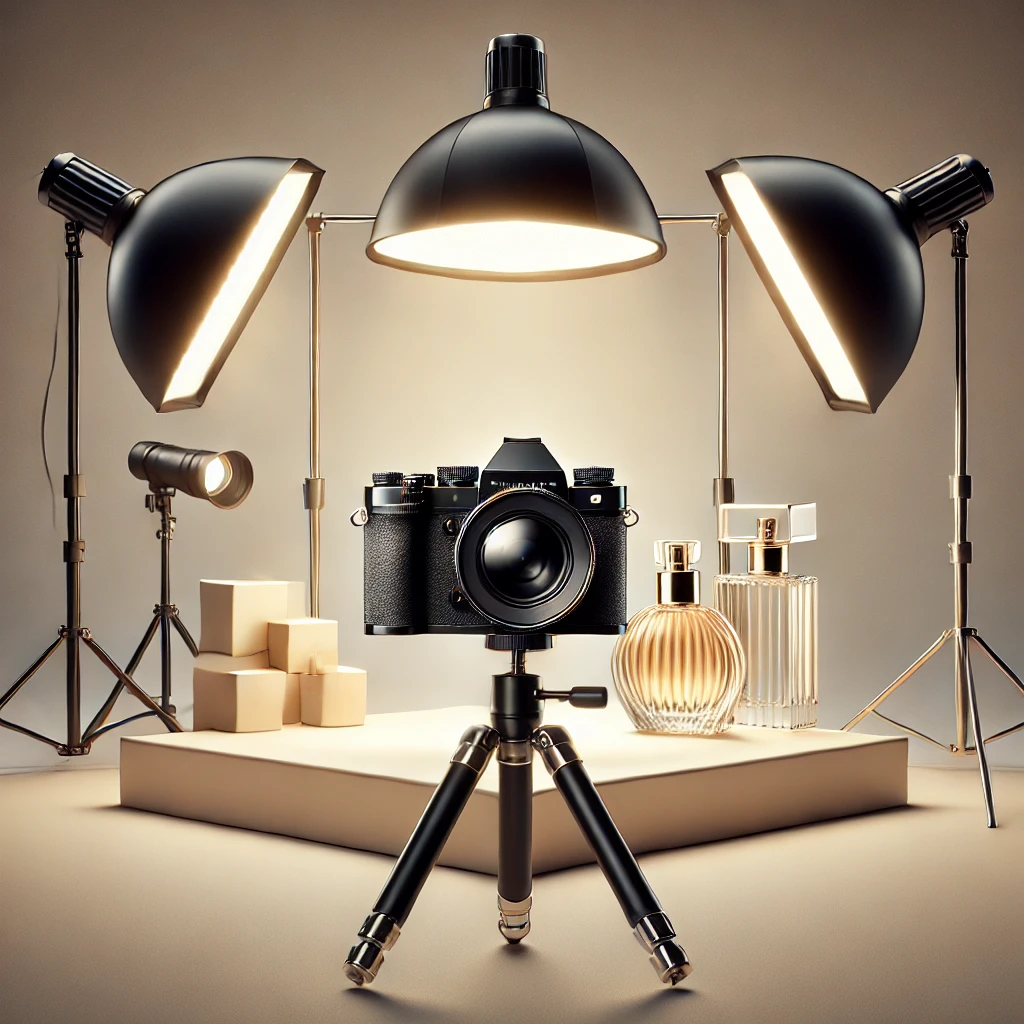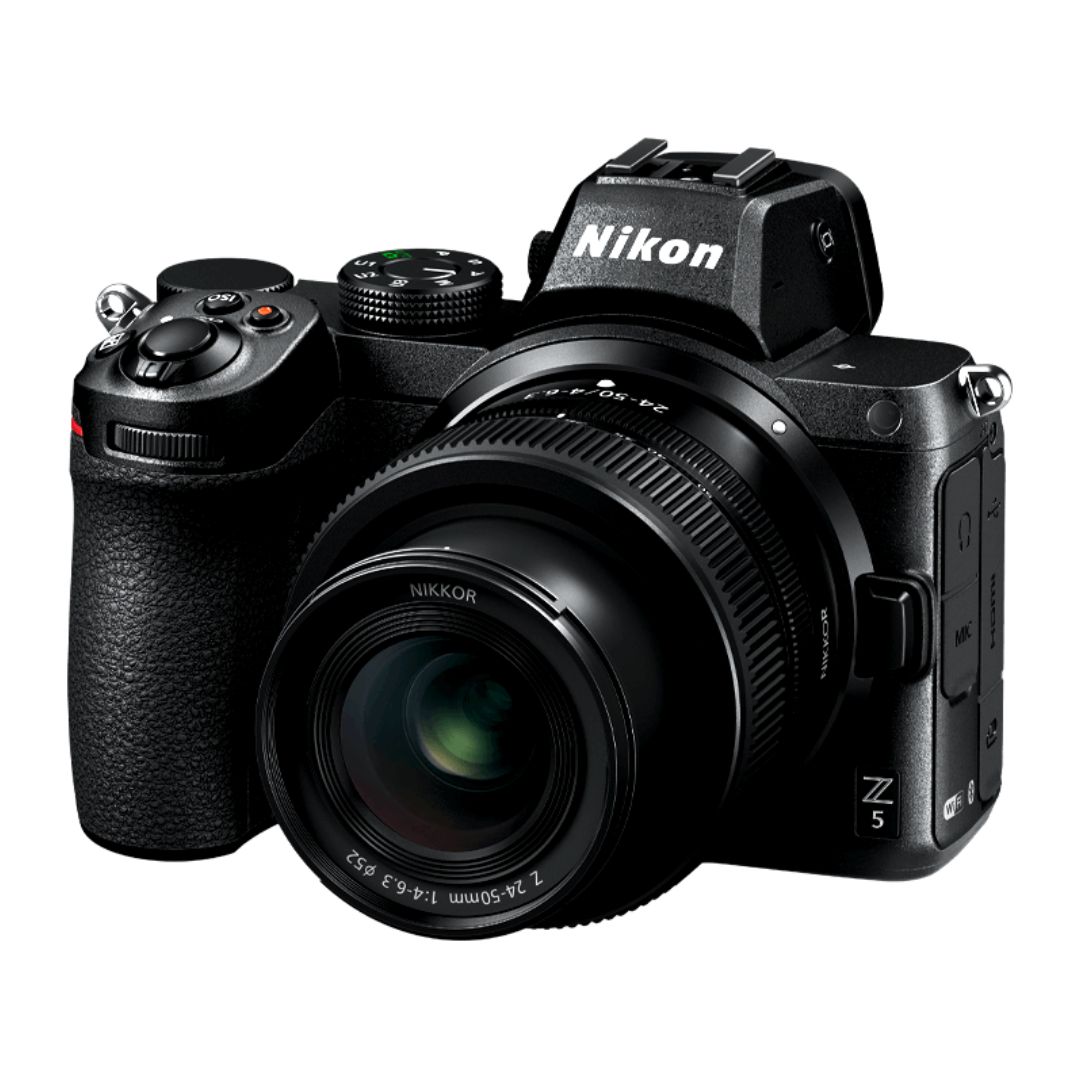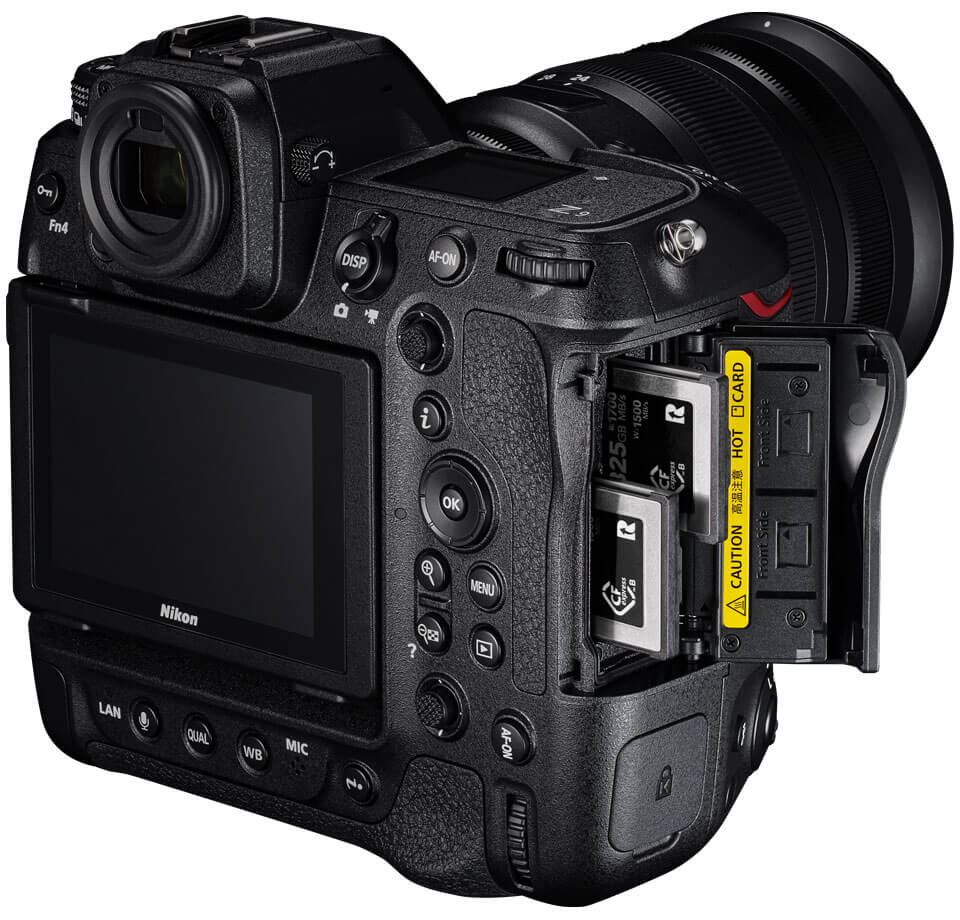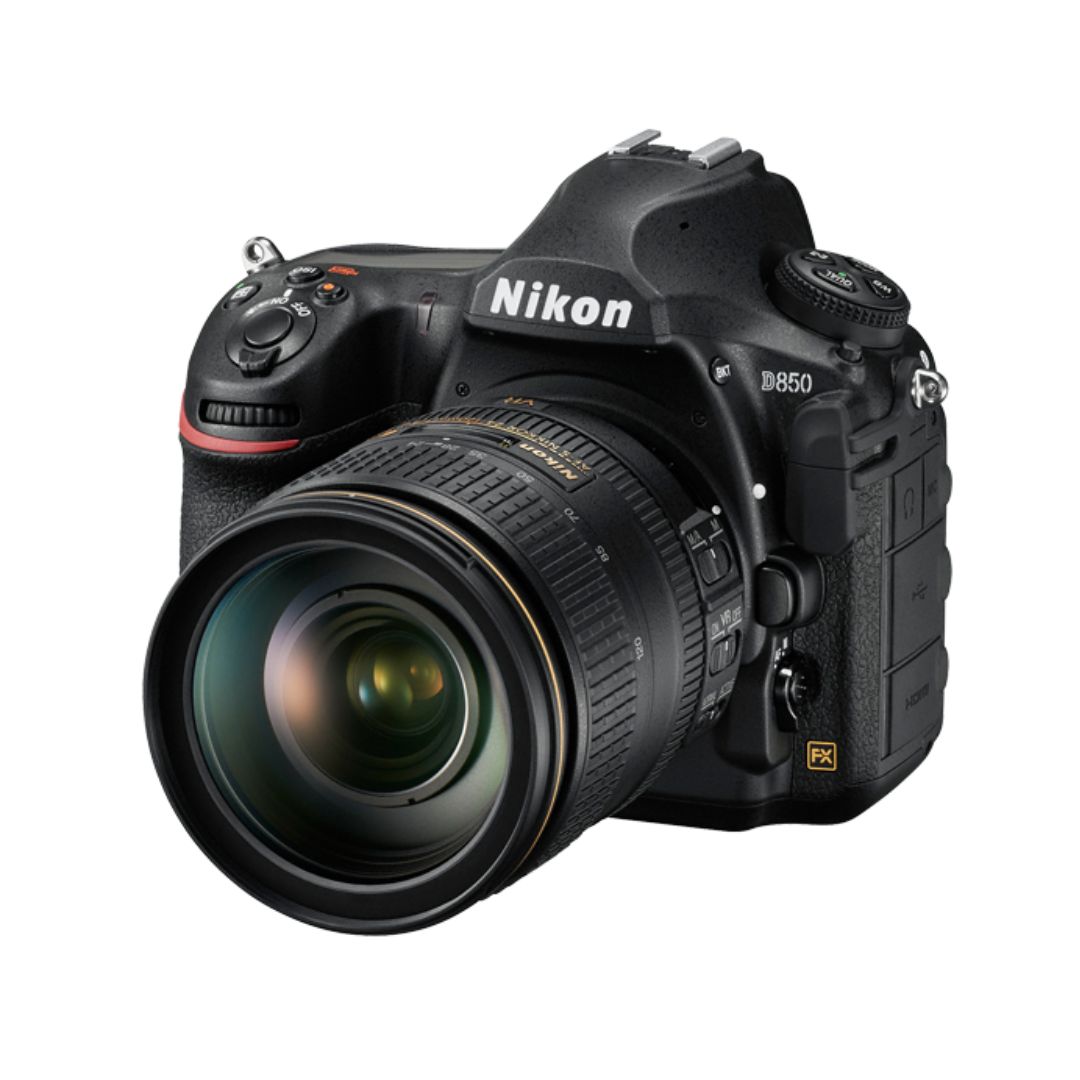Professional product photography is essential for e-commerce success. Whether selling on Amazon, Shopify, or personal websites, high-quality images can significantly impact sales. One of the most critical elements in product photography is lighting. Proper lighting enhances details, improves clarity, and ensures that products appear attractive to potential buyers.
In this article, we’ll explore various lighting techniques to create high-quality product photos. We’ll cover natural and artificial lighting, essential equipment, advanced lighting setups, and tips to achieve professional results.
Understanding the Importance of Lighting in Product Photography
Lighting plays a crucial role in defining the shape, texture, and overall appeal of a product. Proper lighting ensures accurate color reproduction and minimizes unwanted shadows, enhancing the professional look of product images. Here’s why lighting matters:
- Enhances Product Details: Proper lighting reveals intricate details, textures, and colors.
- Reduces Post-Processing Needs: Well-lit images require less editing, saving time and effort.
- Improves Customer Trust: Consistent and accurate images increase consumer confidence in online purchases.
Natural vs. Artificial Lighting for Product Photography
When choosing the right lighting setup, photographers can use either natural or artificial lighting. Each has its advantages and best-use cases.
Natural Lighting
Natural lighting is an excellent choice for simple product photography, especially for lifestyle shots.
- Pros: Free, soft, and easy to use.
- Cons: Unpredictable, dependent on time of day and weather conditions.
- Best For: Organic products, food photography, handmade crafts, clothing.
Tips for Using Natural Light:
- Shoot near a large window with diffused light.
- Use white reflectors to minimize harsh shadows.
- Avoid direct sunlight to prevent overexposed images.
Artificial Lighting
Artificial lighting provides consistency and control, making it ideal for professional product photography.
- Pros: Adjustable, consistent, and allows creative control.
- Cons: Requires investment in equipment and setup time.
- Best For: Jewelry, electronics, cosmetics, and studio product shots.
Types of Artificial Lighting:
- Continuous Lighting: Provides a constant light source; great for beginners.
- Strobe/Flash Lighting: Produces intense bursts of light; ideal for freezing motion and reducing noise.
- LED Panels: Energy-efficient and adjustable; useful for video and photo shoots.

Essential Lighting Equipment for Professional Product Photography
To achieve professional-quality images, investing in the right lighting equipment is essential. Below are the must-have items:
- Softbox Lights: Provide diffused, even lighting.
- Ring Lights: Great for close-up and macro product photography.
- Reflectors: Bounce light to reduce harsh shadows.
- Diffusers: Soften strong light sources for even exposure.
- Light Tents: Ideal for small products like jewelry and accessories.
Advanced Lighting Setups for Product Photography
1. Three-Point Lighting Setup
A three-point lighting system is a classic technique used in professional photography.
- Key Light: Main light source, placed at a 45-degree angle.
- Fill Light: Reduces shadows, positioned opposite the key light.
- Back Light: Separates the product from the background, creating depth.
2. High-Key vs. Low-Key Lighting
- High-Key Lighting: Bright, even lighting with minimal shadows; ideal for clean, white-background e-commerce shots.
- Low-Key Lighting: Creates dramatic shadows; suitable for luxury products, watches, and electronics.
3. Using Colored Gels and Backgrounds
- Colored gels add creative effects and moods.
- Contrasting backgrounds highlight product details.
Post-Processing for Perfectly Lit Product Photos
Even with the best lighting, some post-processing adjustments enhance final images.
- Adjust Brightness & Contrast: Enhances details and depth.
- Correct Color Balance: Ensures accurate representation of the product.
- Remove Unwanted Shadows: Use editing software like Photoshop or Lightroom.
Conclusion
Mastering lighting techniques in product photography requires practice and experimentation. Whether using natural or artificial light, selecting the right equipment and setup will help capture stunning, professional product images. Proper lighting can elevate your e-commerce visuals, boost sales, and enhance brand credibility.
By implementing these techniques, you’ll ensure that your product photos stand out and create a lasting impression on potential customers.

Sony Alpha a7 IV: The Ultimate Camera for Photography

Nikon Z5 Review: Is It Worth It?
-

Nikon Z9 : Game-Changer for Photography
-

Top Features of Nikon D850 That Make It Ideal for Portfolio Shoots
Sony Alpha a7 IV: The Ultimate Camera for Photography
Explore the Sony Alpha a7 IV in this complete 2025 review. Learn how its pro-level features, real-world performance, and hybrid flexibility make it the ultimate camera for photography across genres like portraits, weddings, travel, and commercial work. Table of Contents Section 1: Introduction – Why the Sony Alpha a7 IV Stands Out The Sony Alpha…
Nikon Z5 Review: Is It Worth It?
In 2025, photographers—whether hobbyists, content creators, or professionals—seek equipment that blends value, performance, and future-readiness. Enter the Nikon Z5, a full-frame mirrorless camera marketed as a gateway to high-end imaging without a flagship price tag. But how well does it hold up under real-world demands like studio shoots, weddings, landscape adventures, and lifestyle photography? In…
Nikon Z9 : Game-Changer for Photography
Discover why the Nikon Z9 is considered a true game-changer for photography. This in-depth Nikon Z9 review explores key features, real-world performance, and how it excels in professional photo shoots in 2025. Table of Contents 1. Introduction The photography world witnessed a significant shift with the launch of the Nikon Z9, a flagship mirrorless camera…
Top Features of Nikon D850 That Make It Ideal for Portfolio Shoots
Discover why the Nikon D850 is the ultimate DSLR for portfolio shoots. Explore its top features—from resolution and dynamic range to autofocus precision and workflow speed—that help photographers create stunning, high-impact images for professional portfolios. Whether you’re a portrait artist, fashion photographer, or visual storyteller, a portfolio shoot demands technical excellence, creative flexibility, and uncompromised…
Candid Moments with Canon EOS R10: Lightweight & Reliable
In the evolving world of mirrorless photography, the Canon EOS R10 stands out as a lightweight yet powerful camera tailored for real-life storytelling. Whether you’re photographing street scenes, family gatherings, weddings, or spontaneous portraits, capturing genuine emotion requires a responsive and discreet tool. This article dives deep into how the Canon EOS R10 excels in…
Bold Portraits with Canon EOS R5: Is It the Best for Work?
Studio photography has always demanded precision, artistry, and impeccable gear. As the expectations for commercial portraits, fashion campaigns, and editorial work continue to rise, the tools we use must evolve. Enter the Canon EOS R5, a camera that has stirred the professional waters with its impressive technical specs and forward-thinking design. In this comprehensive Canon…

